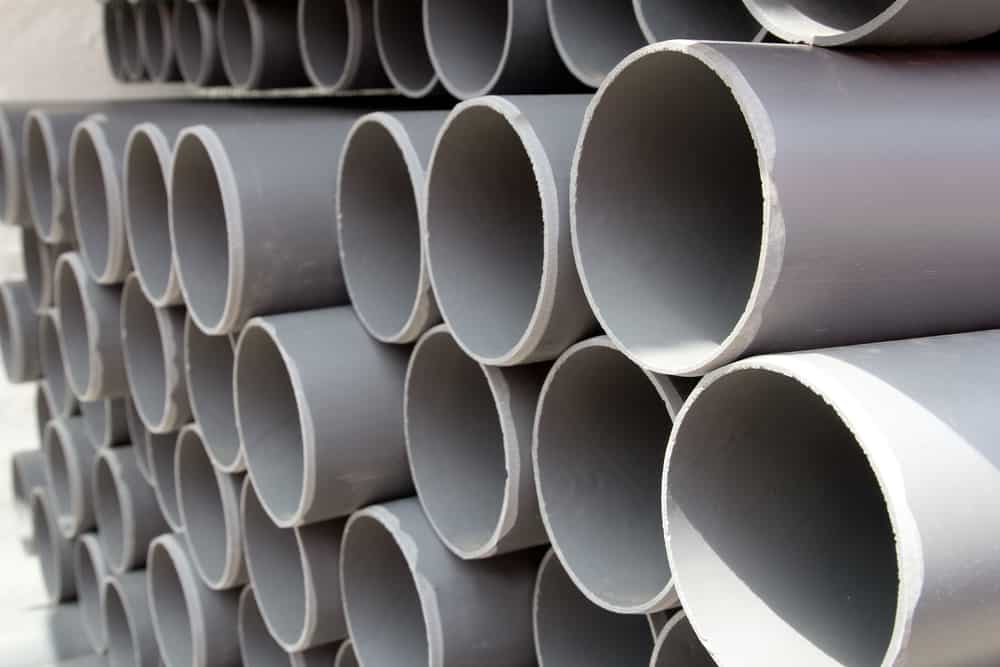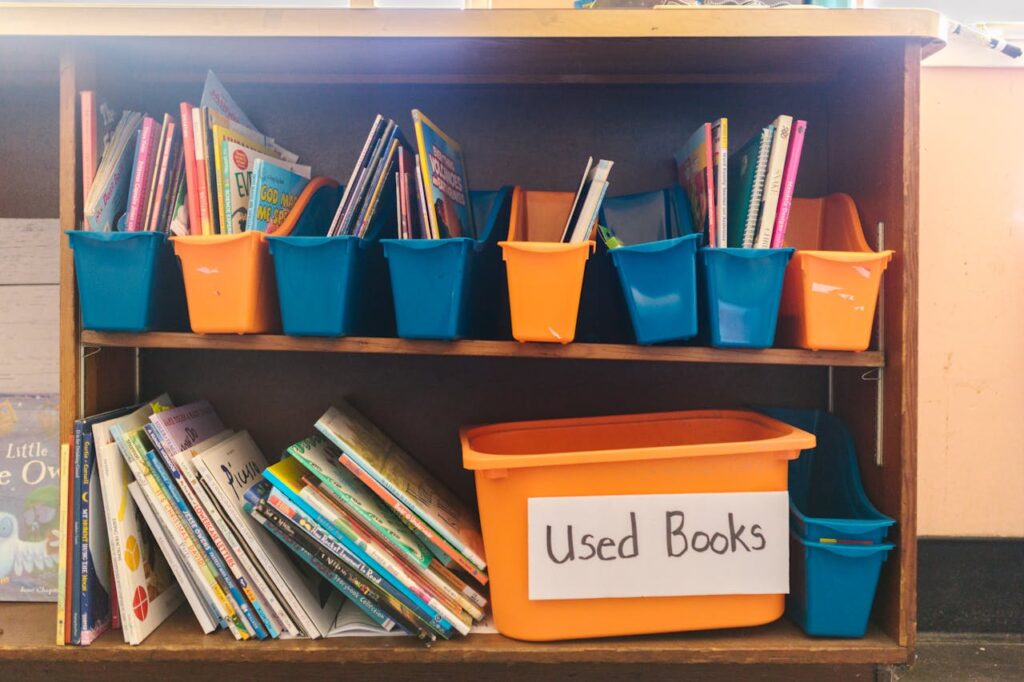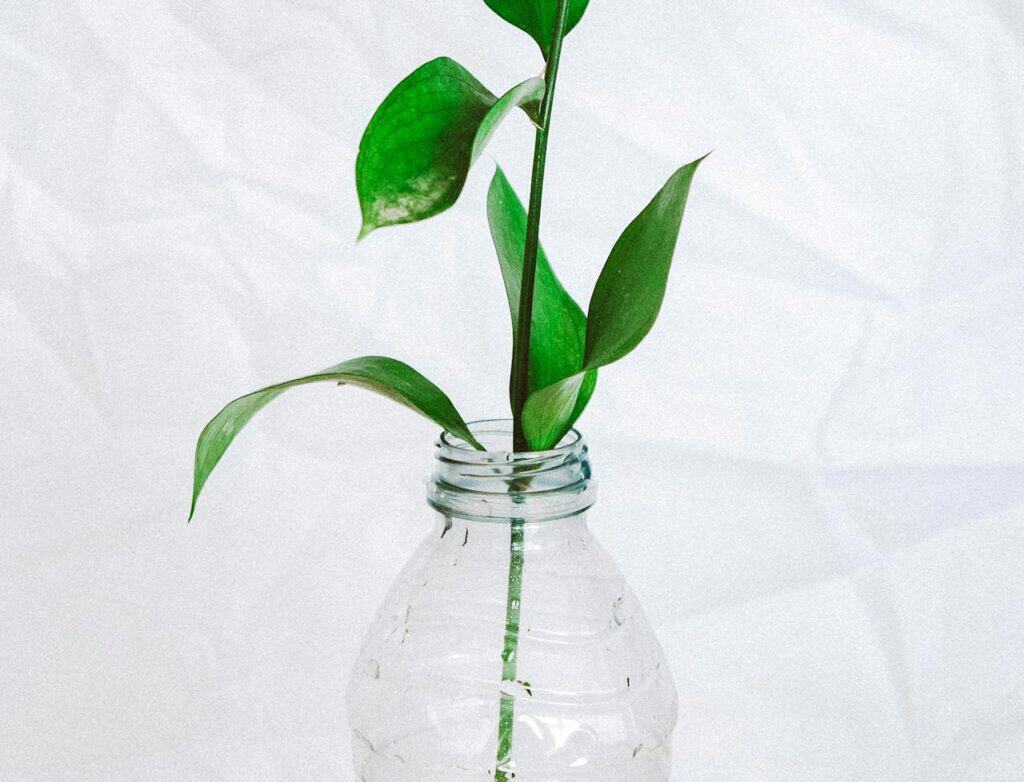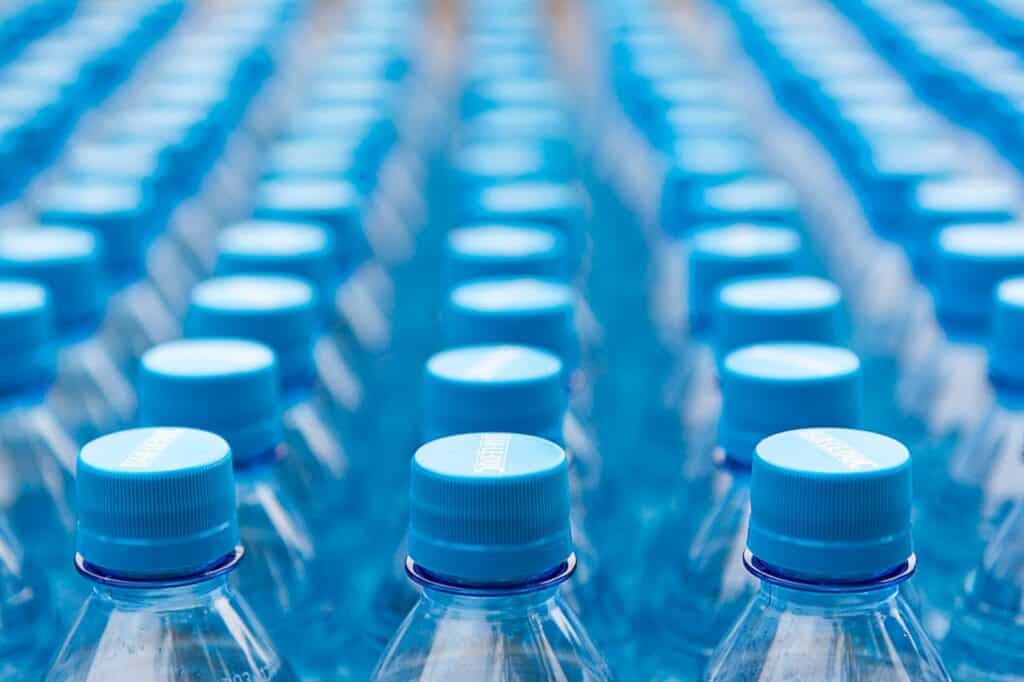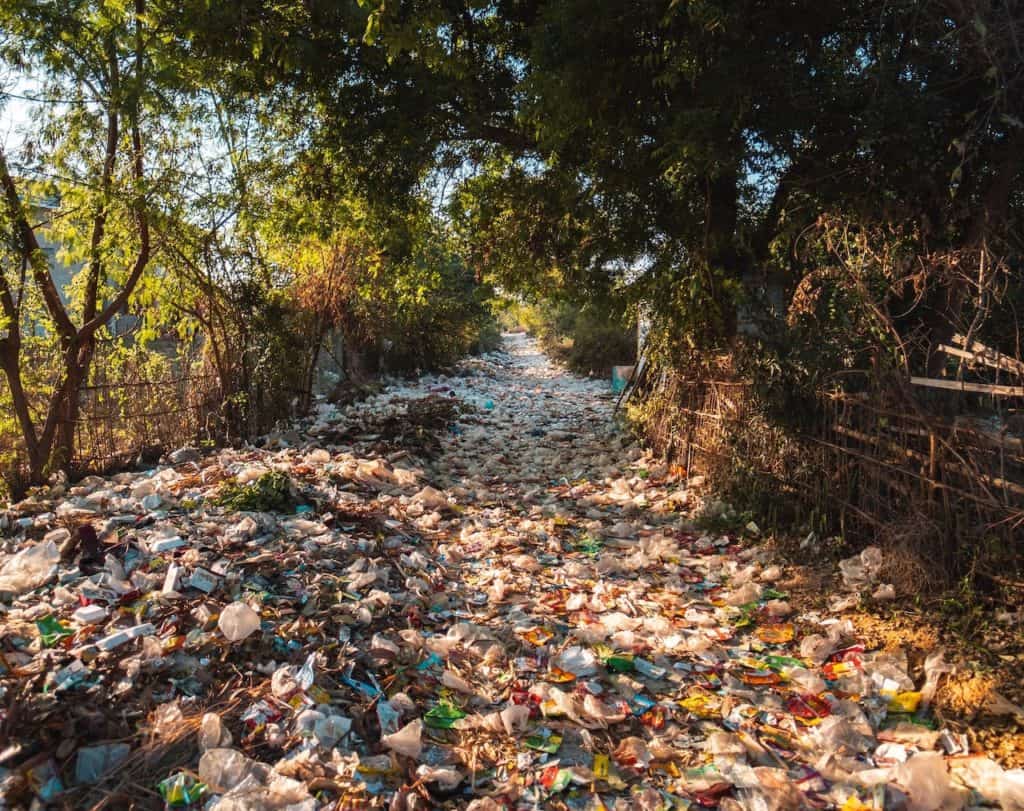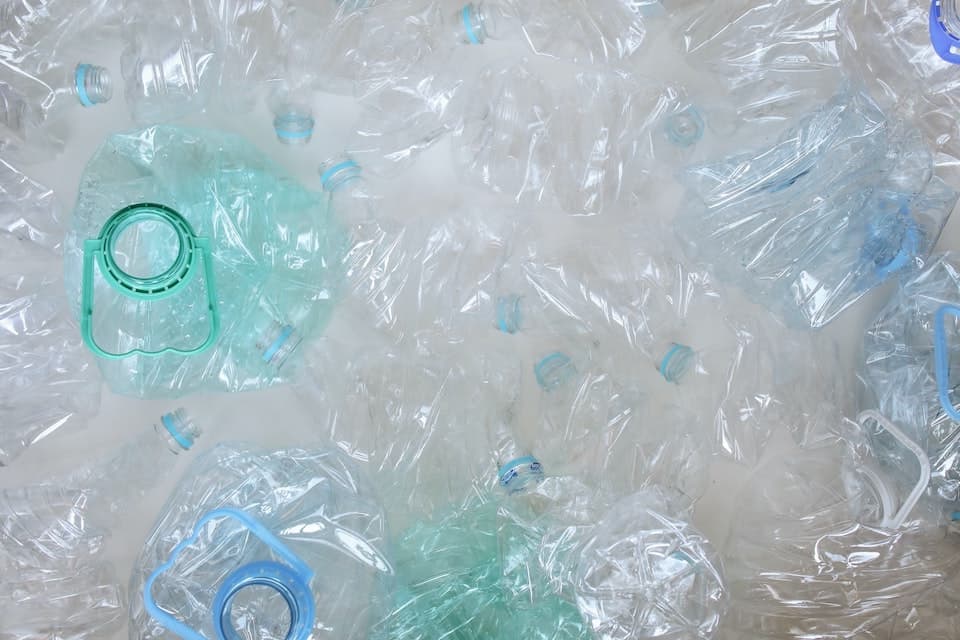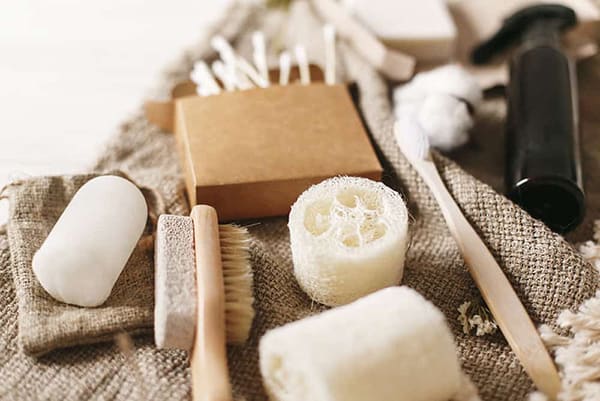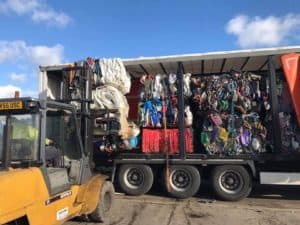Polyvinyl chloride, or PVC, is used for a wide range of applications across the world. Amongst the most common uses of PVC in the UK is using it for guttering and downspouts on properties of all types. This PVC guttering diverts rainwater from the roofs of our buildings, ensuring it ends up in the sewer system rather than gathering where it can penetrate our properties, leading to leaks.
However, PVC guttering can be recycled. Here, we’re going to look at the recycling uses of PVC, the processes of recycling it, and how much PVC is currently being recycled in the UK.
About PVC recycling
PVC is highly recyclable, containing less carbon than the majority of other thermoplastics. Besides being durable and energy efficient in its production, it can be recycled up to 8 times depending on the application. Since the recycling processes doesn’t decrease the chain length of PVC molecules by any noticeable or measurable degree, this means that recycled PVC can be used to create products with the same strength and properties as the PVC it was recycled from.
For that reason, industry recycling efforts in the UK and the EU have been pushing hard to collect more PVC waste and to recycle them as efficiently and cost-effectively as possible.
How much PVC is currently recycled in the UK?
According to Recovinyl, the PVC’s industry’s recycling scheme, Europe recycled 734,568 tonnes of PVC, including the UK. Recovinyl does not regularly publish the stats for individual countries. However, in 2016, they did note that the UK had reached a record annual figure of collecting recycling 120,392 tonnes. Given that the entire EU collected and recycled just short of 600,000 tonnes that year, that means that the UK contributed over 1/6th to Recovinyl’s efforts.
This fits in with trends showing changing attitudes towards plastic use and recycling, with 65% of people more likely to choose products with recyclable plastic and nine in ten believing that plastic waste is a useful resource that can be used to create new products, according to a study from the UK’s largest recycling firm, Viridor.
How PVC gutters are recycled
First of all, to be recycled, PVC gutters have to be collected by plastic recycling companies or taken directly to plastic recycling centres, or waste management centres with the proper means to help dispose of the PVC as efficiently as possible. From there, it is recycled one of two ways: by mechanical recycling or feedstock recycling.
Mechanical recycling
In this method, this guttering is ground down to smaller particles. These particles can then be melted down and remoulded into new PVC products. There’s no chemical reaction involved in this method, which can be a challenge since many PVC products (such as flexible PVC) have chemical additives to adjust their material properties.
Since many PVC products may be mixed together as part of mechanical recycling efforts, they can end up mixing and melting down different types, making the properties of the resultant plastic hard to predict. As such, mechanical recycling is best used with PVC guttering that is all the same type.
Feedstock recycling
Using chemical processes such as heating, pyrolysis and hydrolysis, the PVC is broken down into its chemical components, such as sodium chloride, calcium chloride and heavy metals. These materials can be used to re-manufacture new PVC. Because this method breaks down the PVC to its chemical constituents, its effective at removing the chemical additives that are mixed into specialised PVC guttering processes.
However, the process of feedstock recycling is significantly more expensive than mechanical recycling, especially since the recovered products have a low value.
Regardless of which method is used, recovered PVC products are relatively pure, and can be used for a wide range of applications. As Europe and the UK continues to aim for more sustainable use of PVC, many anticipate that methods of recycling PVC that are more efficient and cost-effective will continue to be developed in the future.

